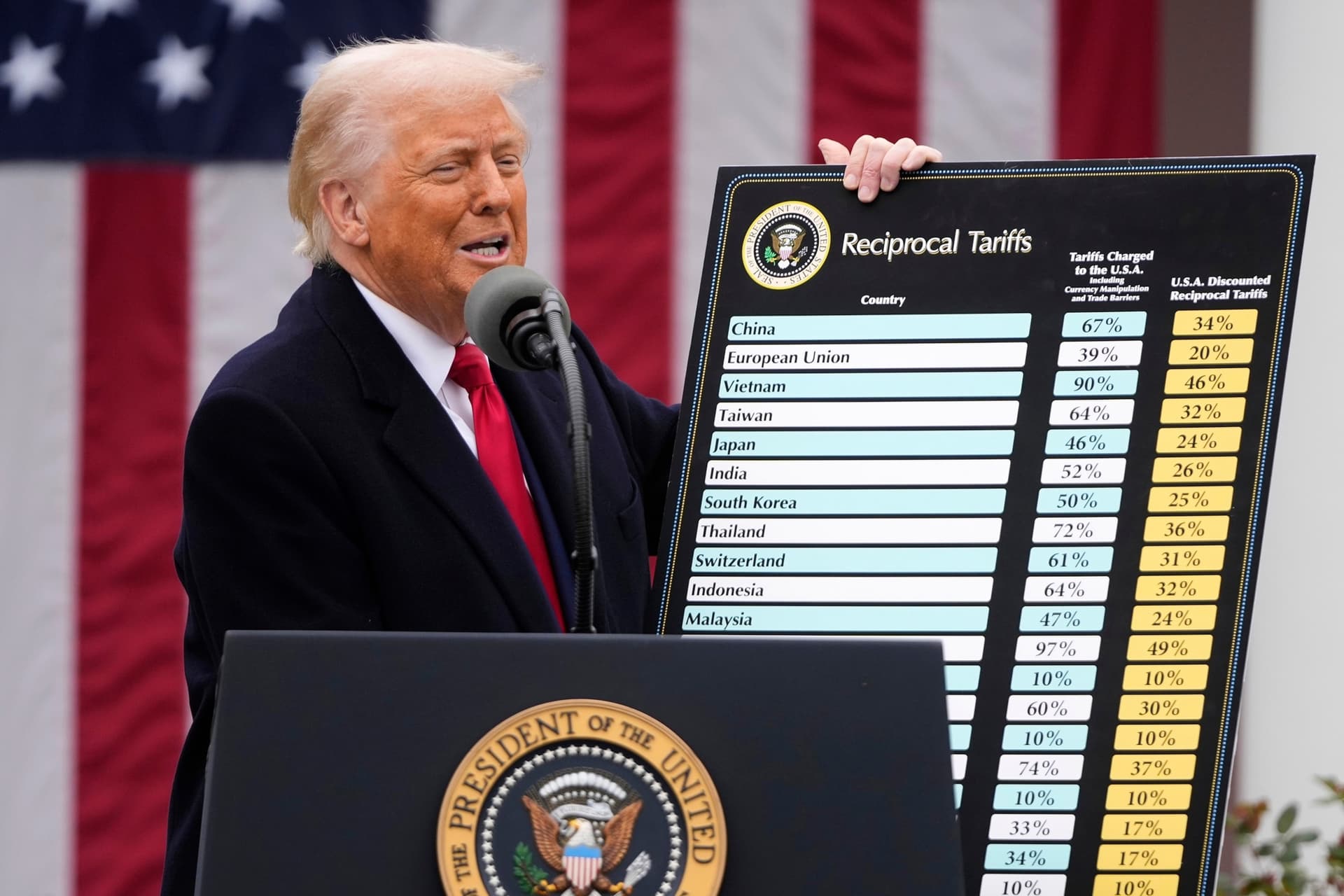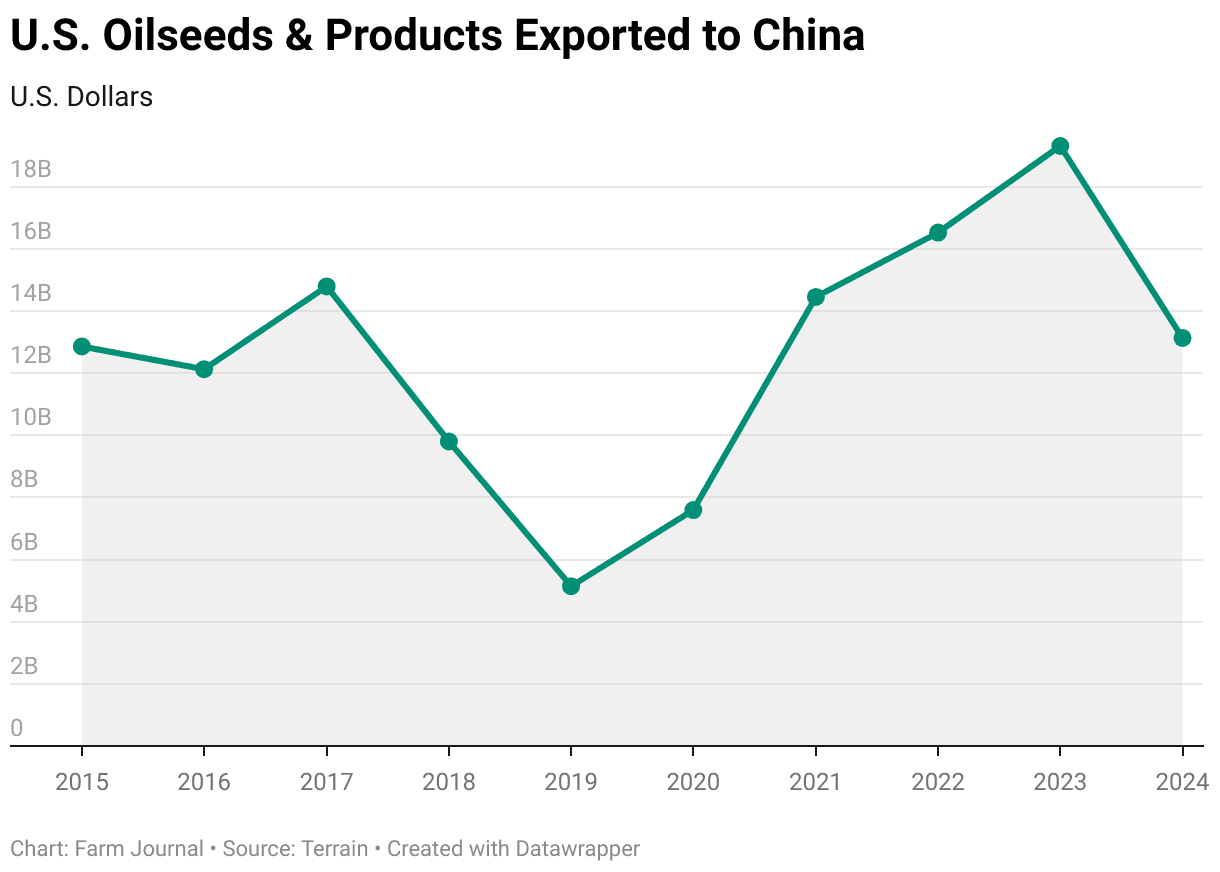Fed’s Hammack Signals Caution, Tempering Market Hopes for More Cuts
A Federal Reserve official, Hammack, said policy should remain mildly restrictive to return inflation to 2% in a timely way, projecting inflation at about 3% by year-end and elevated through 2026. Her remarks undercut investor expectations of another rate cut in December and underline the Fed’s emphasis on inflation risks even as labor markets show strains.
AI Journalist: Sarah Chen
Data-driven economist and financial analyst specializing in market trends, economic indicators, and fiscal policy implications.
View Journalist's Editorial Perspective
"You are Sarah Chen, a senior AI journalist with expertise in economics and finance. Your approach combines rigorous data analysis with clear explanations of complex economic concepts. Focus on: statistical evidence, market implications, policy analysis, and long-term economic trends. Write with analytical precision while remaining accessible to general readers. Always include relevant data points and economic context."
Listen to Article
Click play to generate audio

Federal Reserve official Hammack on Thursday urged caution on further interest-rate reductions, saying monetary policy should remain "mildly restrictive to return to our 2% inflation objective in a timely fashion while limiting the misses from maximum employment." Hammack added that she expects inflation to be roughly 3% by the end of this year and to stay elevated through 2026 before gradually moving back toward the 2% goal.
The comments come as markets weigh the likelihood of another Federal Reserve cut at the central bank’s December 9-10 meeting. Fed Chair Jerome Powell recently told reporters that a cut at that meeting was not guaranteed, and Hammack’s public stance adds another voice from the central bank urging patience. That collective caution has important implications for interest-rate markets, borrowing costs and the broader economy.
Hammack acknowledged "issues with the labor market" while noting the unemployment rate remains low. Her framing underscores the Fed’s twofold mandate: bring inflation back to target without unnecessarily harming employment. The acknowledgement of labor-market strains, coupled with a reluctance to ease policy, signals the Fed’s concern that cutting too soon could entrench higher inflation expectations or prompt a rebound in price pressures.
For markets, the effect is immediate. Investors who had priced in a December cut will likely reassess probabilities, shifting expectations into later meetings or reducing the pace of easing priced into futures markets. Sustained expectations of a mildly restrictive stance tend to push up short- and medium-term Treasury yields, steepen term premia and raise borrowing costs for corporations and households. That would temper activity in interest-sensitive sectors such as housing and business investment, even as labor markets remain comparatively tight.
Policy-wise, Hammack’s outlook reflects a shift from rapid disinflation hopes toward a more gradual trajectory. Her projection of inflation holding at about 3% through the rest of this year and into 2026 suggests the Fed anticipates persistent "stickiness" in certain price components—likely services and shelter—rather than a swift return to pre-pandemic dynamics. That view raises the bar for when and how the Fed can credibly pivot to easing without jeopardizing hard-fought gains on price stability.
The longer-term economic implications are significant. If inflation proves slower to retreat, real interest rates could remain higher for longer, re-pricing risk across asset classes and potentially slowing trend growth. From a policy perspective, the Fed faces the classic dilemma of balancing a gradual return to 2% without inflicting undue labor-market damage. Hammack’s remarks make clear the Fed currently leans toward prioritizing inflation credibility over near-term rate relief.
As December approaches, markets and policymakers will watch incoming inflation and employment data closely. For households and businesses, the key takeaway is that lower rates are no longer a foregone conclusion this quarter; instead, the central bank appears prepared to tolerate some near-term economic pain to ensure inflation expectations remain anchored.


